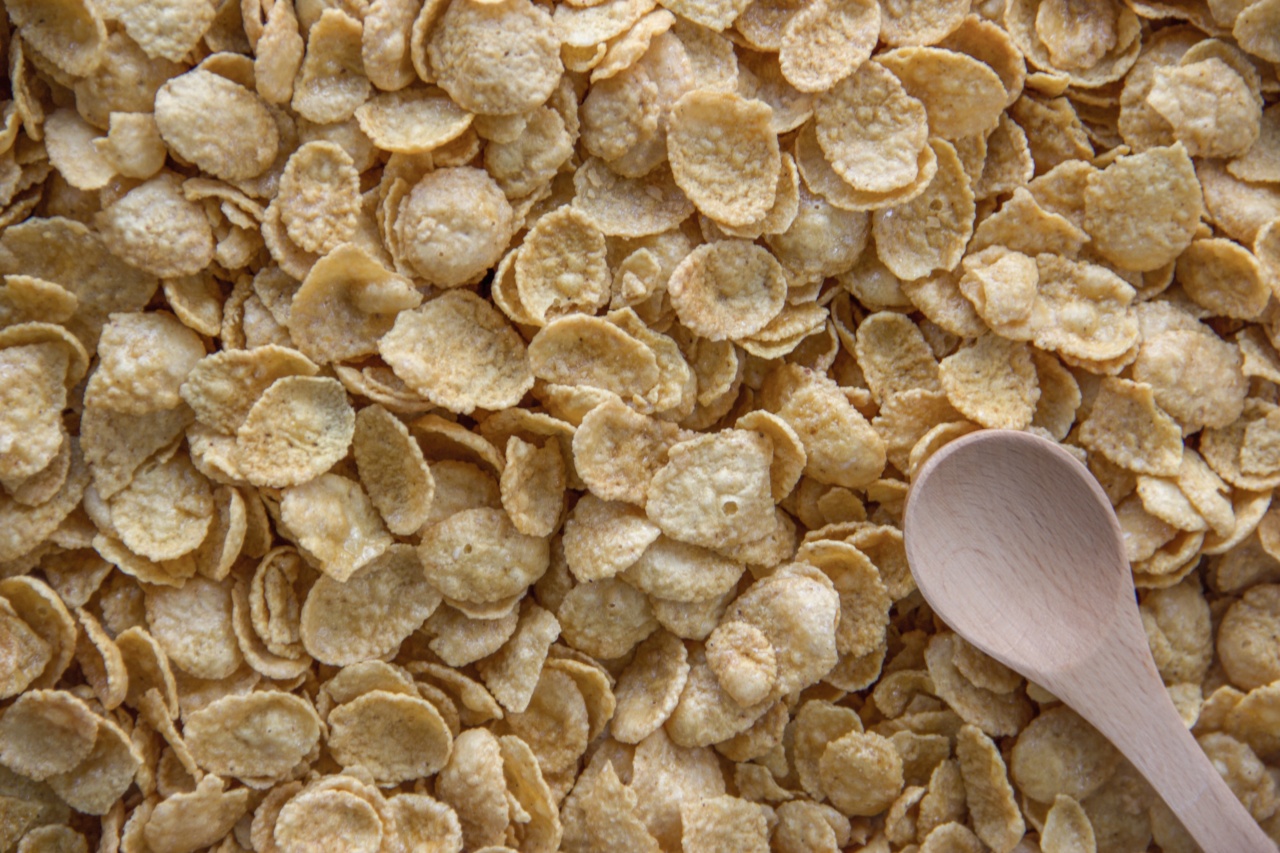When it comes to maintaining a healthy diet, there are a few key elements that everyone should keep in mind: reducing sodium intake and increasing fiber intake.
Recently, updated guidelines have been released that highlight the importance of these two factors in ensuring that your meals are both nutritious and beneficial for your overall health. In this article, we’ll explore the latest dietary recommendations and offer some tips on how you can incorporate reduced sodium and increased fiber into your own meals.
What are the new guidelines?
In 2020, the American Heart Association (AHA) published an updated set of dietary guidelines that emphasize the importance of reducing sodium intake to no more than 2,300 milligrams per day.
This is in line with the recommendations of other health organizations, such as the World Health Organization (WHO) and the Centers for Disease Control and Prevention (CDC).
However, the AHA also went a step further by recommending that individuals with high blood pressure, African Americans, and those over the age of 50 reduce their sodium intake to no more than 1,500 milligrams per day.
This is because these groups are at higher risk for developing hypertension, which can in turn lead to a range of other health problems.
At the same time, the AHA also recommends that individuals increase their fiber intake, with a target of at least 25 grams per day for women and 38 grams per day for men.
This is based on the established benefits of fiber, which include improving digestion, aiding weight loss, and reducing the risk of chronic diseases such as heart disease and diabetes.
Why is reducing sodium important?
Sodium is an essential mineral that is found in many foods, and it plays a crucial role in regulating the body’s fluid balance and blood pressure.
However, when we consume too much sodium, it can lead to health problems such as high blood pressure, which in turn increases the risk of heart attack, stroke, and other conditions.
The problem is that many processed and packaged foods contain high levels of sodium, which can make it difficult to stay within the recommended daily limit.
That’s why it’s important to read food labels carefully and choose lower-sodium options whenever possible.
Some tips for reducing sodium include:.
- Avoiding processed foods, such as canned soups and frozen dinners, which can be high in sodium
- Limiting your intake of condiments such as ketchup and soy sauce, which can contain surprising amounts of sodium
- Choosing fresh or frozen fruits and vegetables instead of canned varieties, which may be preserved in salt
Why is increasing fiber important?
Fiber plays an important role in maintaining a healthy digestive system, as well as reducing the risk of chronic diseases such as heart disease, diabetes, and certain types of cancer.
This is because fiber helps to regulate blood sugar levels, lower cholesterol, and promote satiety, which can in turn help to control appetite and aid in weight loss.
There are many different types of fiber, including soluble fiber (found in oats, beans, and some fruits and vegetables) and insoluble fiber (found in whole grains, nuts, and seeds).
Both types are important for overall health, and it’s recommended that individuals aim to consume a variety of high-fiber foods each day.
Some tips for increasing fiber include:.
- Eating more fruits and vegetables, which are naturally high in fiber
- Switching to whole grain breads, cereals, and pastas
- Incorporating legumes (such as beans and lentils) into your meals
- Snacking on nuts and seeds, which are high in fiber as well as healthy fats
sample meal ideas: Putting it all together
So, what do reduced-sodium, increased-fiber meals look like? Here are a few sample ideas to get you started:.
Breakfast
- 1 cup of oatmeal topped with fresh berries and a sprinkle of cinnamon
- Smoothie made with spinach, banana, almond milk, and chia seeds
- Whole wheat toast topped with mashed avocado and a hard-boiled egg
Lunch
- Salad with mixed greens, grilled chicken, sliced almonds, and a vinaigrette dressing
- Whole wheat wrap filled with hummus, roasted vegetables, and feta cheese
- Bowl of vegetable soup with a side of whole grain crackers
Dinner
- Grilled fish with a side of quinoa and steamed broccoli
- Turkey meatballs with a sauce made from canned tomatoes (choose a low-sodium variety) and whole wheat pasta
- Stir-fry made with lean beef, mixed vegetables, and brown rice
Conclusion
Reducing sodium and increasing fiber are two key factors in maintaining a healthy and nutritious diet. By following the updated guidelines set out by the AHA, you can make sure that you are getting the right balance of nutrients for optimal health.
Remember to read food labels carefully, choose fresh and whole foods whenever possible, and experiment with new recipes to keep your meals interesting and delicious!.


























